Please sign in to access this resource
Click here to sign in
as a FL public educator Student
Access the resource on
FloridaStudents.org
Not a Florida public school educator?
Access this resourceon CPALMS.com
General Information
Aligned Standards
This vetted resource aligns to concepts or skills in these benchmarks.Related Videos

Mangrove restoration efforts are rooted in hard work by many volunteers. Learn more now!
Download the CPALMS Perspectives video student note taking guide.

Sometimes scientists conduct a census, too! Learn how population sampling can help monitor the progress of an ecological restoration project.

Want to reinforce your students' understanding of seafloor spreading? This idea is a piece of cake!
Download the CPALMS Perspectives video student note taking guide.

Using beads to model radiometric dating.
Download the CPALMS Perspectives video student note taking guide.

Water quality is extremely important to the aquatic ecosystem, and human activities all over the country can impact the water around the Florida Keys. Dive in and learn more!
Download the CPALMS Perspectives video student note taking guide.

Coleman Mackie discusses the process of how he salvages pre-cut timbers from the bottom of river beds, the importance of ring density, buoyancy and the uses of the recovered logs.
Download the CPALMS Perspectives video student note taking guide.
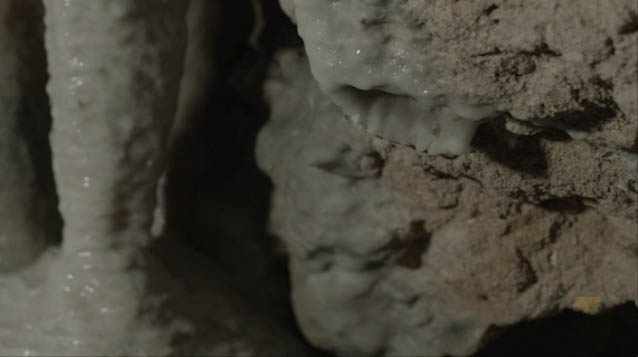
How long does it take to form speleothems in the caves at Florida Caverns State Parks?
Download the CPALMS Perspectives video student note taking guide.
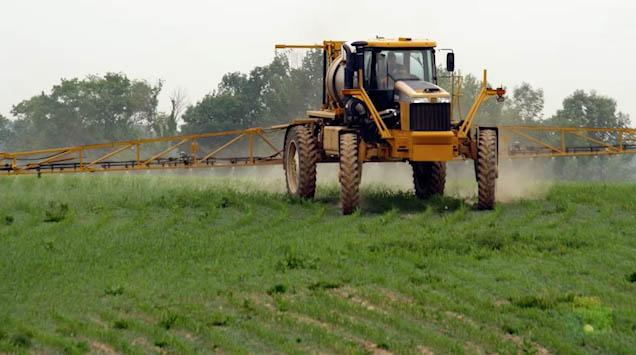
Dean Grubbs explains the ways in which humans can impact the ocean.
Download the CPALMS Perspectives video student note taking guide.
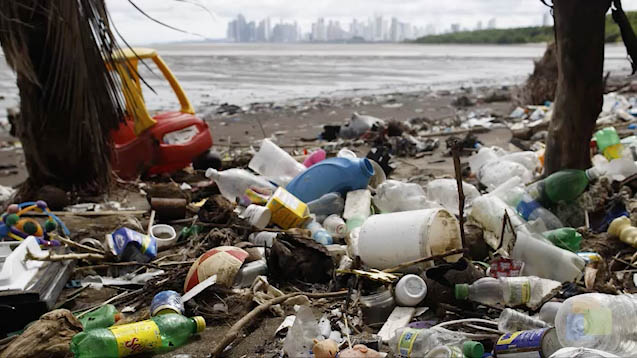
Dean Grubbs explains how different types of trash, like plastics, ends up in the ocean and how they become a detriment to marine life.
Download the CPALMS Perspectives video student note taking guide.
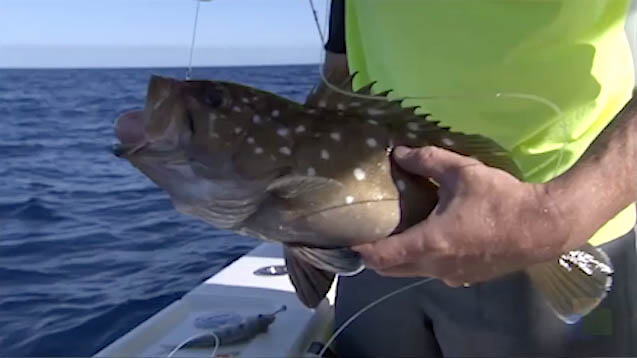
Dean Grubbs of Florida State Universisty, discusses the impact bycatch has on ocean life.
Download the CPALMS Perspectives video student note taking guide.

Angela Dial discusses how she solves systems of equations to determine how the composition of ocean floor sediment has changed over 65 million years to help reveal more information regarding climate change.
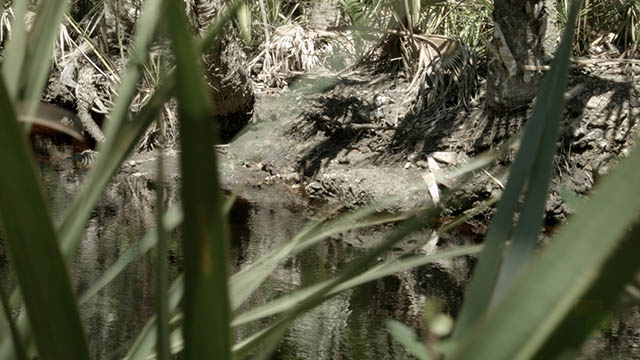
Geologist Harley Means discusses the characteristics of karst geology.
Download the CPALMS Perspectives video student note taking guide.
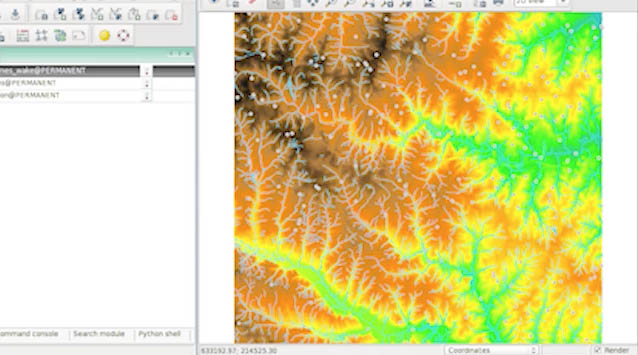
Ecologist, Rebecca Means, describes the process of determining remote locations in the USA and developing quantitative questions that are appropriate.
Download the CPALMS Perspectives video student note taking guide.

When your classroom is the open ocean, which is the longest period? The one from the tsunami.
Related Resources:
KROS Pacific Ocean Kayak Journey: GPS Data Set[.XLSX]
KROS Pacific Ocean Kayak Journey: Path Visualization for Google Earth[.KML]
Download the CPALMS Perspectives video student note taking guide.

Hear how mathematics helped shape Dr. James O'Brien's groundbreaking research in ocean modeling of El Niño.

COAPS oceanographer Dmitry Dukhovskoy describes the process used to mathematically model eddy shedding in the Gulf of Mexico.

Listen to a discussion about how moist atmospheric rivers are influencing increased monsoonal events.
Download the CPALMS Perspectives video student note taking guide.

This FSU professor discusses the limitations and need for improvement to models used to forecast hurricanes.

In the Earth's systems, everything is connected! This meteorologist explains the relationship between monsoonal heat columns and polar ice-melt.
Download the CPALMS Perspectives video student note taking guide.

A discussion focusing on the predictions that underestimated the storm surge from Hurricane Dennis on the Florida panhandle.
Download the CPALMS Perspectives video student note taking guide.

To understand atmospheric and oceanic currents, one needs a well-rounded understanding of geometry and the shape of the Earth.

Dissolved oxygen is important to all life in and out of the water! Learn more in this video!
Download the CPALMS Perspectives video student note taking guide.

A climatologist rains down information about how physical factors form regional climates.
Download the CPALMS Perspectives video student note taking guide.

Listen up as a meteorologist explains how weather balloons work and how they collect data for models they can use to make forecasts.
Download the CPALMS Perspectives video student note taking guide.

A discussion describing ocean currents studied by a physical oceanographer and how math is involved.

What happens when math models go wrong in forecasting hurricanes?
Download the CPALMS Perspectives video student note taking guide.

COAPS oceanographer Steve Morey describes how math is used to help research hurricanes and strong deep ocean currents that could effect deep water oil rigs.
Download the CPALMS Perspectives video student note taking guide.

Description needed. Light Reflection, Refraction, & Absorption
Download the CPALMS Perspectives video student note taking guide.

A climatologist raises the bar with this classroom-ready 3D fluid dynamics weather demonstration.
Download the CPALMS Perspectives video student note taking guide.

Learn how the ocean pressures the climate into changing.
Download the CPALMS Perspectives video student note taking guide.

In a fog about weather patterns? This climatologist will demystify the topic for you.

Major Paul Homan describes the needs and capabilities of the United States Air Force with regard to global weather prediction and modeling.
Download the CPALMS Perspectives video student note taking guide.

Glass artist Russel Scaturro explains how fine control of gas flow aids efforts to minimize his carbon footprint toward a larger goal of environmentally-conscious fabrication methodology.
Download the CPALMS Perspectives video student note taking guide.
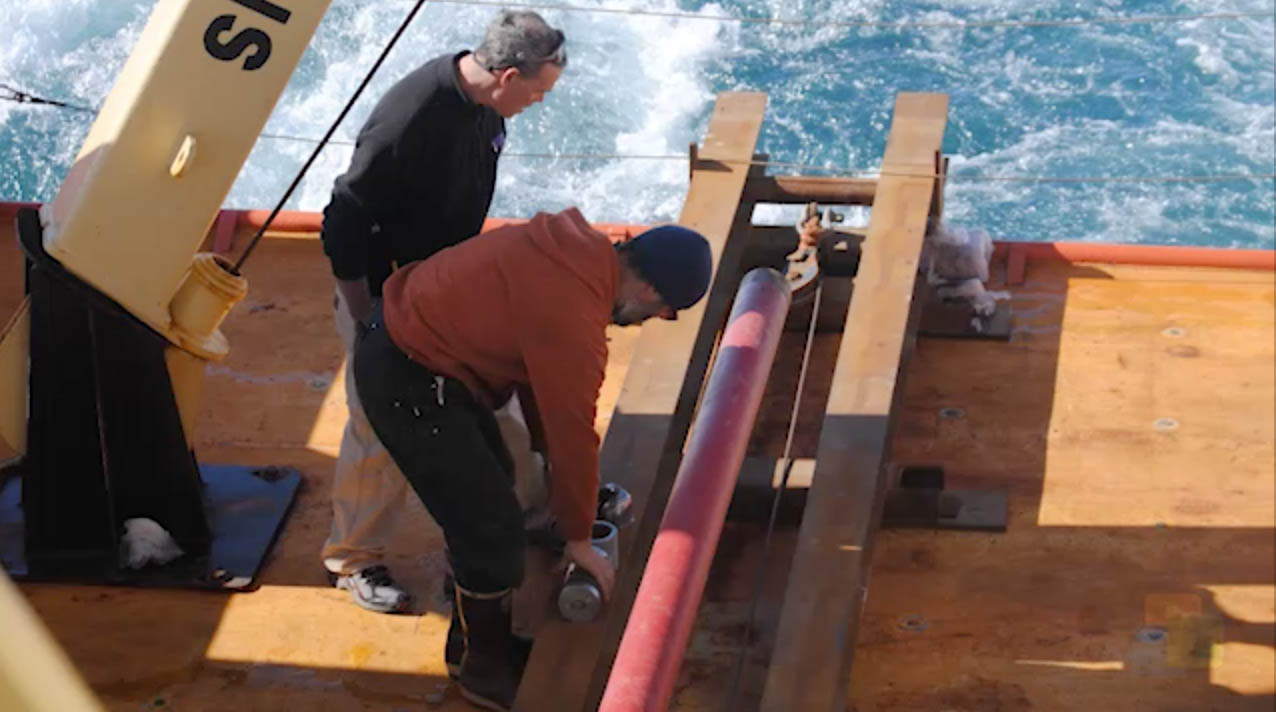
In this video, Eugene Domack explains how past Antarctic ice sheet movement rates allow us to understand sea level changes. Video funded by NSF grant #: OCE-1502753.
Download the CPALMS Perspectives video student note taking guide.
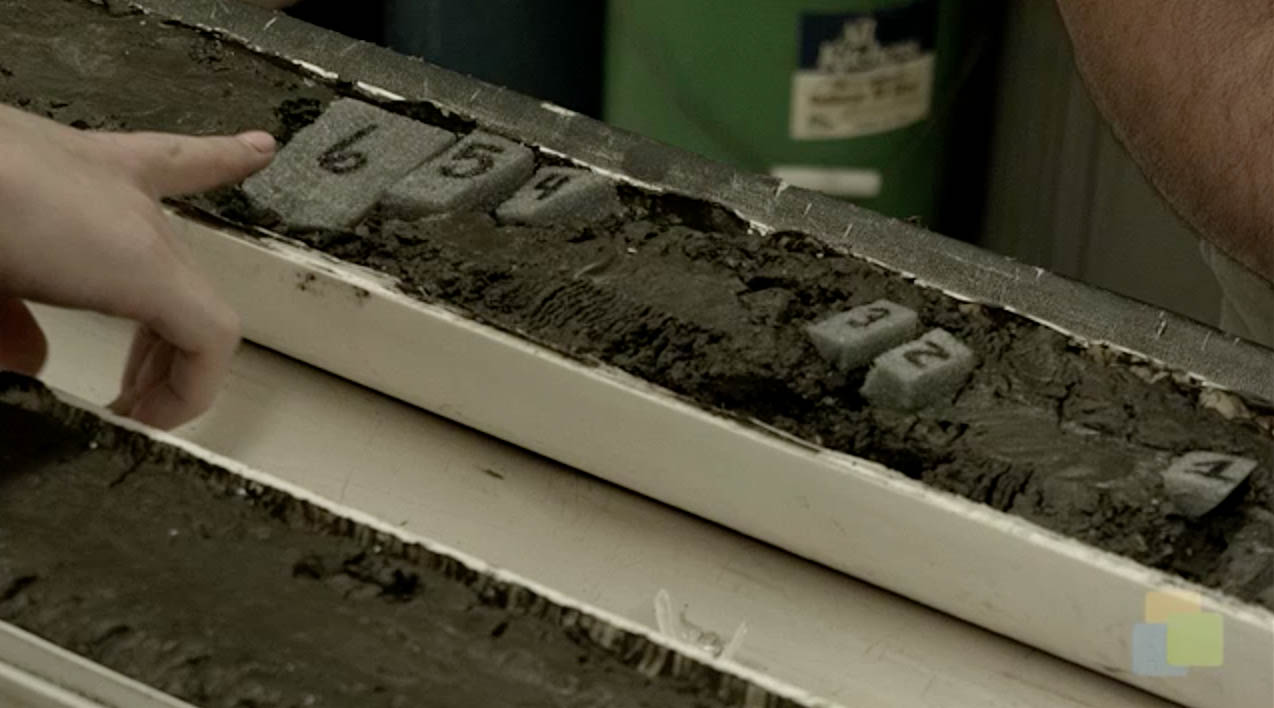
Eugene Domack, a geological oceanographer, describes how sediment cores are collected and used to estimate rates of ice sheet movement in Antarctica. Video funded by NSF grant #: OCE-1502753.
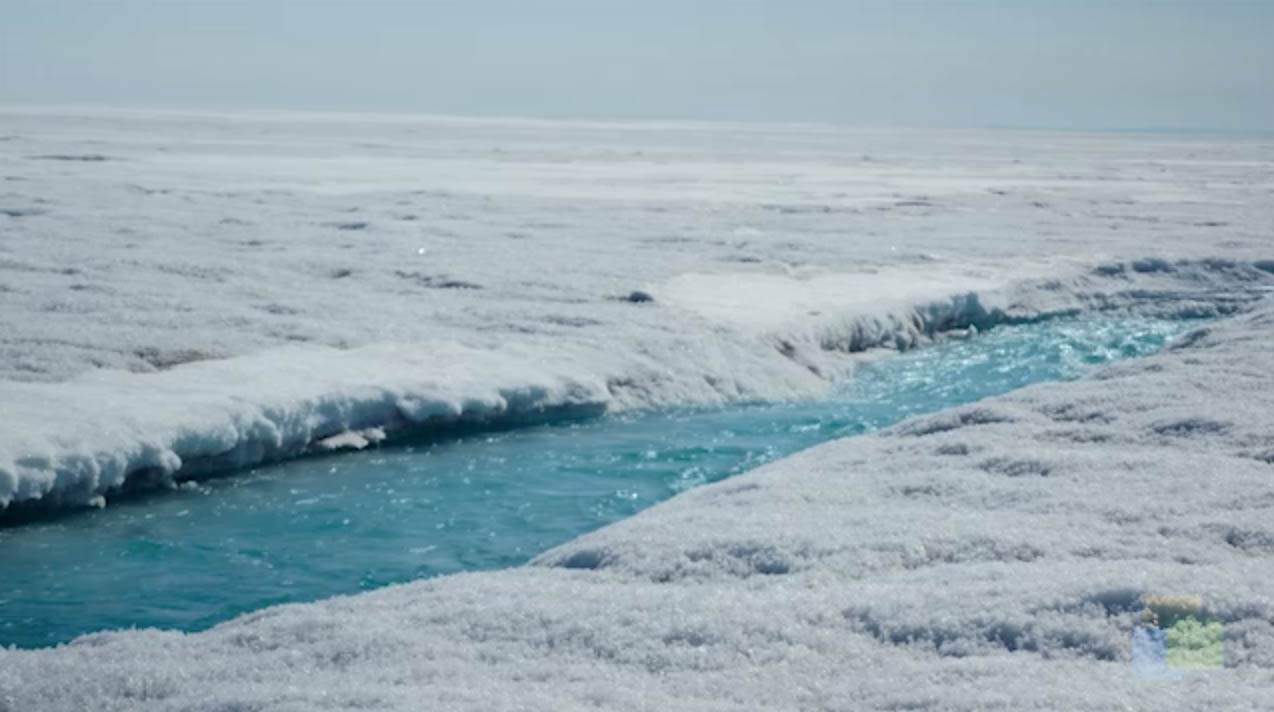
In this video, Brad Rosenheim describes how Louisiana sediment cores are used to estimate sea level changes over the last 10,000 years. Video funded by NSF grant #: OCE-1502753.
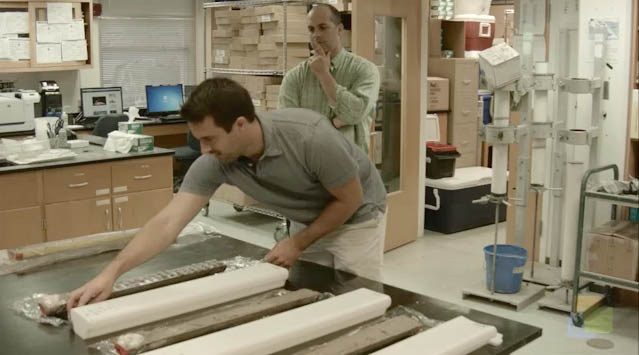
Watch as Brad Rosenheim, a geological oceanographer, explains how modern technology and sampling methods are used for sea level research. Video funded by NSF grant #: OCE-1502753.
Download the CPALMS Perspectives video student note taking guide.

Watch as Don Chambers explains the role of satellites in measuring the mass of ice sheets and the connections between ice sheet mass changes and sea level. Video funded by NSF grant #: OCE-1502753.
Download the CPALMS Perspectives video student note taking guide.

In this video, Don Chambers explains how satellite technology is essential for assessment of sea level changes. Video funded by NSF grant #: OCE-1502753.
Download the CPALMS Perspectives video student note taking guide.
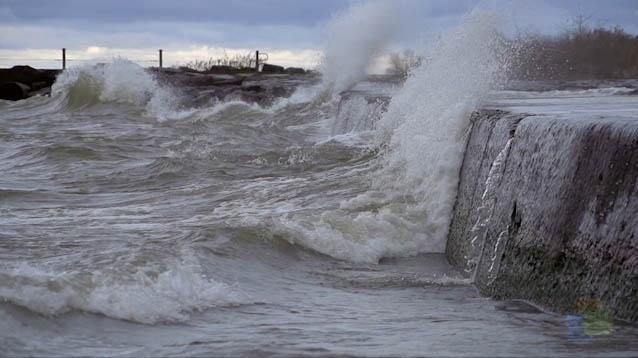
Entrepreneur and meteorologist Mark Powell discusses the need for statistics in his mathematical modeling program to help better understand hurricanes.
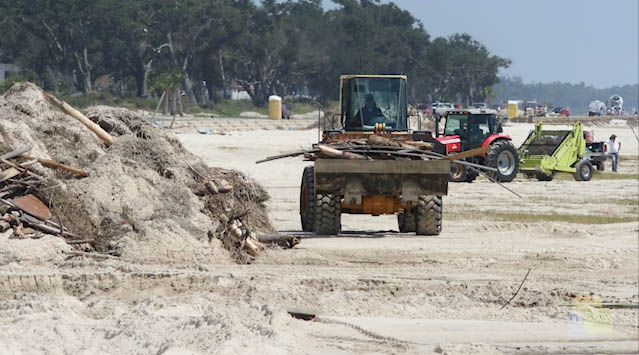
Hurricanes can hit at any time! How do insurance companies use math and weather data to help to restore the community?
Download the CPALMS Perspectives video student note taking guide.
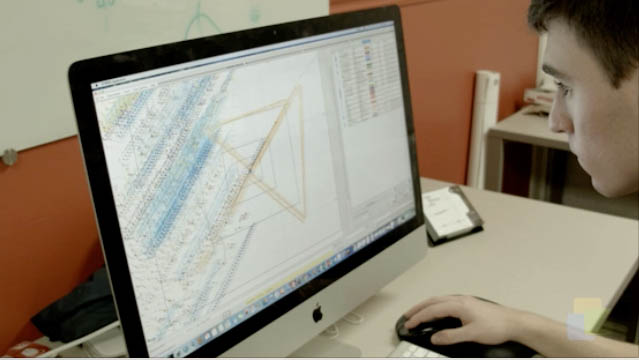
Meteorologist, Michael Kozar, discusses the limitations to existing hurricane scales and how he is helping to develop an improved scale.
Download the CPALMS Perspectives video student note taking guide.
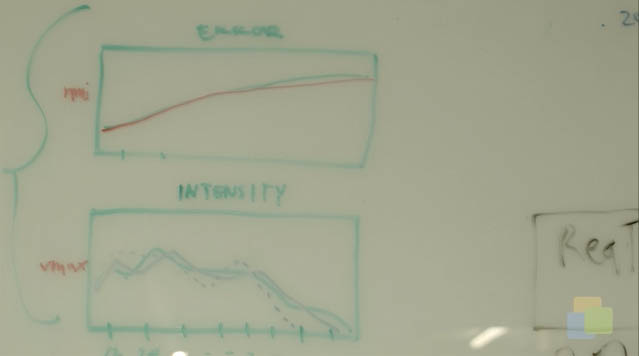
Meteorologist from Risk Management discusses the use of probability in predicting hurricane tracks.
Download the CPALMS Perspectives video student note taking guide.

Dean Grubbs discusses biogeochemical cycles in the oceans and their impact.
Download the CPALMS Perspectives video student note taking guide.
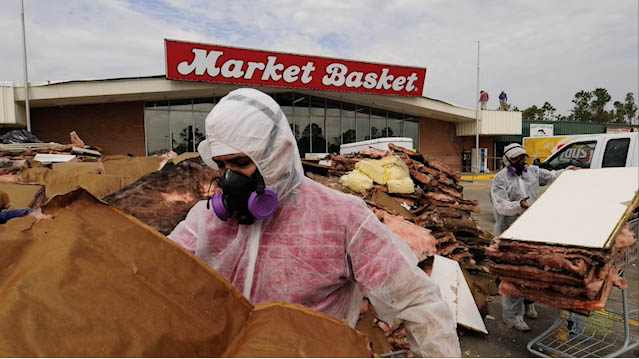
Michael Kozar speaks about severe weather and hurricane impacts.
Download the CPALMS Perspectives video student note taking guide.
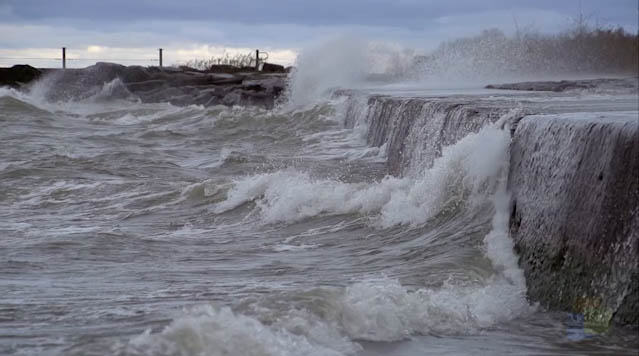
Michael Kozar talks about the influence land and water have on severe weather.
Download the CPALMS Perspectives video student note taking guide.
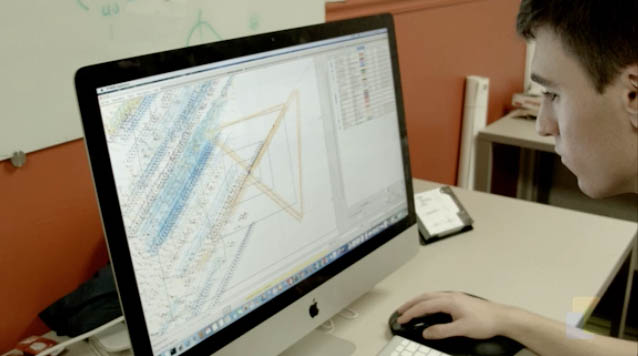
Mark Powell discusses the models used for hurricane predictions and the limitations that exist.
Download the CPALMS Perspectives video student note taking guide.

Angela Dial talks about using ocean core proxy data to investigate Earth's climate from the past.
Download the CPALMS Perspectives video student note taking guide.
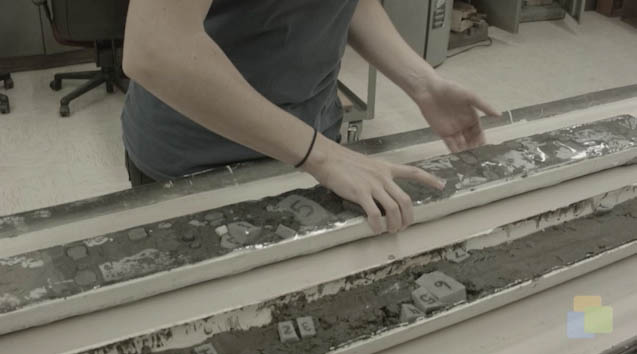
Angela Dial discusses the geologic and scientific evidence related to climate change in the past.
Download the CPALMS Perspectives video student note taking guide.

Mark Powell discusses the impacts that a hurricane can have.
Download the CPALMS Perspectives video student note taking guide.

Jon Ahlquist discusses the various factors in weather predictions and why they are so important to our lives.
Download the CPALMS Perspectives video student note taking guide.

Jon Ahlquist discusses ensemble forecasting and how technology has allowed us to collect important data for the understanding of weather.
Download the CPALMS Perspectives video student note taking guide.

Kent Koptiuch talks about aquifers and the importance of water quality.
Download the CPALMS Perspectives video student note taking guide.
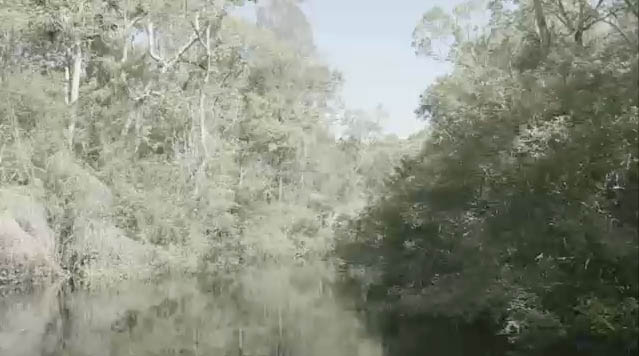
Kent Koptiuch talks about watersheds and water quality.
Download the CPALMS Perspectives video student note taking guide.
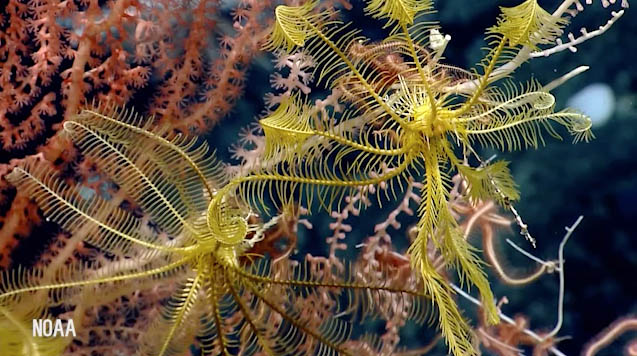
Sandra Brooke, from FSU Marine Lab, talks about undersea canyon ecosystems.
Download the CPALMS Perspectives video student note taking guide.

An equestrian describes, nay, explains mathematics principles applied to feeding a horse!
Download the CPALMS Perspectives video student note taking guide.

Get revved up about math when this motorcycle mechanic explains compression ratios.
Download the CPALMS Perspectives video student note taking guide.

Don't let math derail you. Learn how bicycle gears use ratios to help you ride comfortably on all kinds of terrain.
Download the CPALMS Perspectives video student note taking guide.

Math - the secret ingredient for an excellent cup of coffee!
Download the CPALMS Perspectives video student note taking guide.

Cycling involves a lot of real-time math when you use an on-board computer. Learn about lesson ideas and how computers help with understanding performance.
Download the CPALMS Perspectives video student note taking guide.

A science teacher demonstrates stepwise calculations involving multiple variables for designing robots with desired characteristics.

How much food do you need to cross the Pacific in a kayak? Get a calculator and a bag of almonds before you watch this.
Related Resources:
KROS Pacific Ocean Kayak Journey: GPS Data Set[.XLSX]
KROS Pacific Ocean Kayak Journey: Path Visualization for Google Earth[.KML]
Download the CPALMS Perspectives video student note taking guide.

Food is fuel, especially important when your body is powering a boat across the ocean.
Related Resources:
KROS Pacific Ocean Kayak Journey: GPS Data Set[.XLSX]
KROS Pacific Ocean Kayak Journey: Path Visualization for Google Earth[.KML]
Download the CPALMS Perspectives video student note taking guide.

Lofty ideas about kites helped power a kayak from California to Hawaii.
Related Resources:
KROS Pacific Ocean Kayak Journey: GPS Data Set[.XLSX]
KROS Pacific Ocean Kayak Journey: Path Visualization for Google Earth[.KML]
Download the CPALMS Perspectives video student note taking guide.

Dave Rodriguez demonstrates the use of a sling psychrometer to compare wet and dry-bulb temperatures to determine relative humidity.
Download the CPALMS Perspectives video student note taking guide.

Have a need for speed? Get out your spreadsheet! Race car drivers use algebraic formulas and spreadsheets to optimize car performance.

Kyle Dunn, a Tallahassee-based luthier and owner of Stringfest, discusses how math is related to music.
Download the CPALMS Perspectives video student note taking guide.
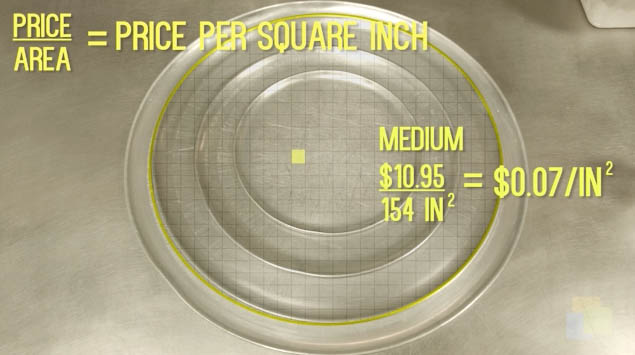
How many times larger is the area of a large pizza compared to a small pizza? Which pizza is the better deal? Michael McKinnon of Gaines Street Pies talks about how the area, circumference and price per square inch is different depending on the size of the pizza.
Download the CPALMS Perspectives video student note taking guide.

Master candymaker Wes Raley describes the process and science behind making sour fizzy candy.
Download the CPALMS Perspectives video student note taking guide.
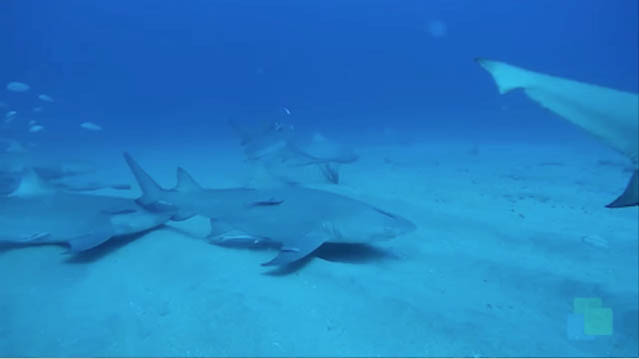
Fish Ecologist, Dean Grubbs, discusses how using statistical sampling can help determine legal catch rates for fish that may be endangered.
Download the CPALMS Perspectives video student note taking guide.

Nestle Waters discusses the importance of unit rate in the manufacturing process of bottling spring water.
Download the CPALMS Perspectives video student note taking guide.
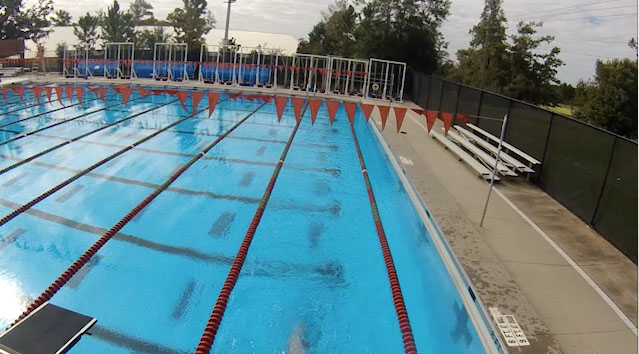
In this video, David Fermin demonstrates real-time estimates for monitoring swimming performance and physiology.
Download the CPALMS Perspectives video student note taking guide.

In this video, Matthew Lawrence describes how mathematical thinking is important for 3D printing with ceramic materials.
Download the CPALMS Perspectives video student note taking guide.

An archaeologist describes how mathematics can help prove a theory about mysterious prehistoric structures called shell rings.
![Cpalms [Logo]](/images/cpalms_color.png)








